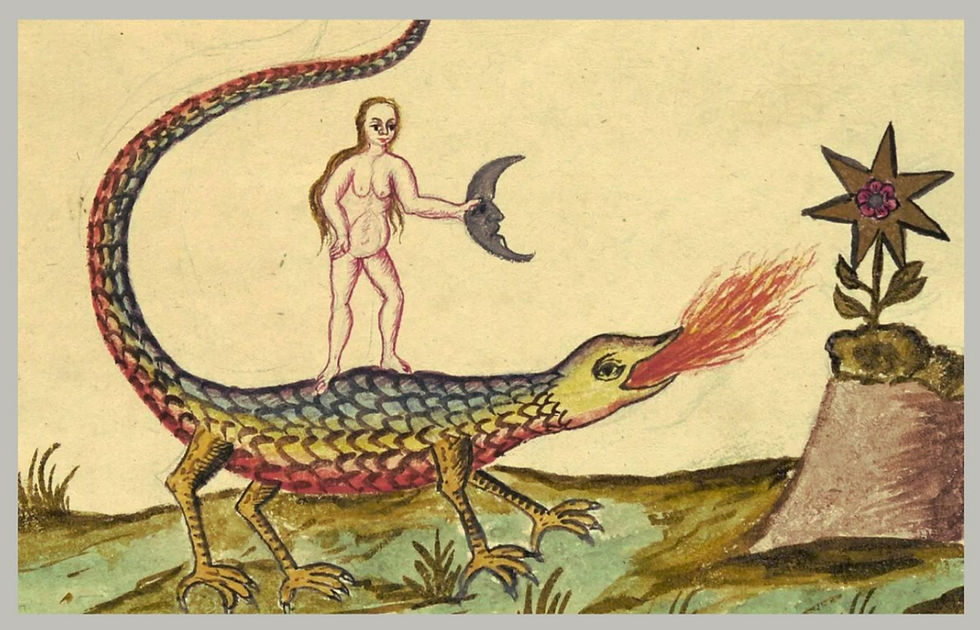What Surrounds Us
- Ekta Kumar
- Sep 5, 2022
- 4 min read
Our capital is in the spotlight once again. But air pollution is a problem that is not just limited to Delhi. The rest of India is suffocating too.

‘Close your eyes and take a deep breath’ they say. But what are we really inhaling? A lethal cocktail of chemicals, particles and many things poisonous. It probably sounds dramatic, but it is no exaggeration. As per the World Health Organisation, 9 out of 10 people in the world breathe polluted air, and out of which a staggering 7 million die every year because of it. But the numbers fail to shock us. There is a lack of urgency when it comes to air pollution – it is typically not an issue that brings furious people protesting on the streets.
However, it does make it to the headlines every once in a while. The timing is fairly predictable – Diwali, the burning of crop stubble in Haryana and Punjab and the onset of winter, all combine to propel our capital into the spotlight. Year after year, around now, Delhi is discussed and debated for its deteriorating air quality.
This time is no different. We’ve all probably seen grey and foggy pictures of India Gate doing the rounds on WhatsApp, Twitter and the like. A public health ‘emergency’ was declared on the afternoon of the 1st of November, 2019 after the Air Quality Index (AQI) breached the ‘severe’ mark. Schools were shut, construction activities banned, odd-even car system reinstated, and hot mixes and stone crushers closed. Toxic smog has settled over the region shrouding our national monuments, and also insidiously creeping into our lungs. 46 million people who live in and around Delhi have been impacted. 46 million is a big number, but it dwarfs in comparison to our overall population that is inching towards 1.5 billion people. Should all our attention be limited to Delhi? What about the rest of us?
We tend to forget the numerous other smaller cities and towns and villages that are choking on poisonous air. Industrial polluting units, power plants, smoke-filled kitchens, burning of waste, emission from vehicles on the road, unplanned construction activity – all this is not limited to Delhi. It’s a problem everywhere. As per Greenpeace, 22 of the world 30 worst cities for air pollution are in India. Then why aren’t we worried enough?
One of the major reasons behind this is the lack of comprehensible information that can educate us, as well as warn us on the dangers of bad air. The government tends to act only when there is pressure, and there will be pressure only when we make it an issue. For that the people need to know and be aware of the risks. As per the Energy Policy Institute at the University of Chicago (EPIC) India loses 4.3 years on an average in terms of life expectancy because of bad air. The figure for Delhi and NCR is over 10 years! Lives are getting shorter. No wonder it is called the silent killer.
Not just silent, it is mostly invisible too. Sensitizing people is a challenge because pollutants in the air usually cannot be seen. The hue and cry around Delhi currently are to a large extent propelled by hazy morning pictures that make for dramatic visuals and bring the problem to attention.
Also, the definition and measurement of air pollution is a fairly complicated process. It consists of a noxious mixture of both solid, gas and liquid particles, organic and inorganic substances that are suspended in the air. The point of an ‘Air Quality Index’ was that it simplified a complex set of data into one number and a color that is easy to identify and understand. The number is put out by the Central Pollution Control Board and other government agencies through data received by monitoring stations. But that system itself is inadequate. Most are manual and operated only twice a week, which means data is often unreliable. There are only 573 operating stations in 240 cities, and 37 are in Delhi alone. Being the capital it gets a lot of information and attention – data is available and studies are conducted by national and international institutions on Delhi. But there is a huge paucity of data when it comes to the rest of India, especially the rural areas, where it the problem exists both on the streets as well as inside homes due to traditional stoves. How and when do we begin monitoring the rest?
Long term exposure to toxic air can lead to various chronic health issues. Our children are facing the risk of permanent brain damage, the elderly are vulnerable. There was a time lung cancer was associated with smokers, not anymore. Environmentalists have warned us about air pollution levels that are equivalent to smoking a pack of cigarettes every day. Just breathing can be dangerous.
Yes, Delhi clearly has a problem, but it is not alone. The rest of India needs help. We need to improve data collection, the information should be used for public education, and the government needs to take long term measures to address the problem. Knee jerk reactions like the odd-even car scheme and banning construction activity are not going to be enough. Like we ask for water and electricity, it is perhaps time to demand clean air.
Ancient Indian practices ask us to close the eyes and inhale, deeply. But for all practical purposes in the modern world – our eyes need to be wide open when we breathe.



Comments